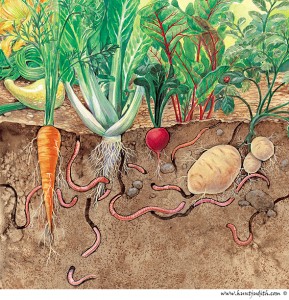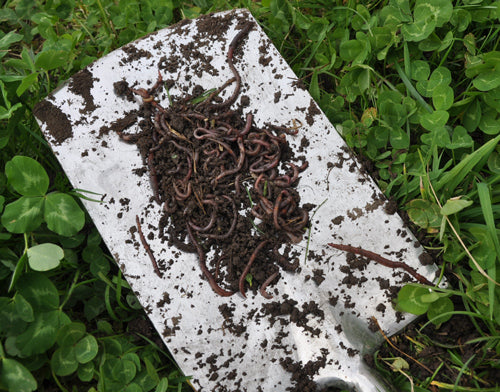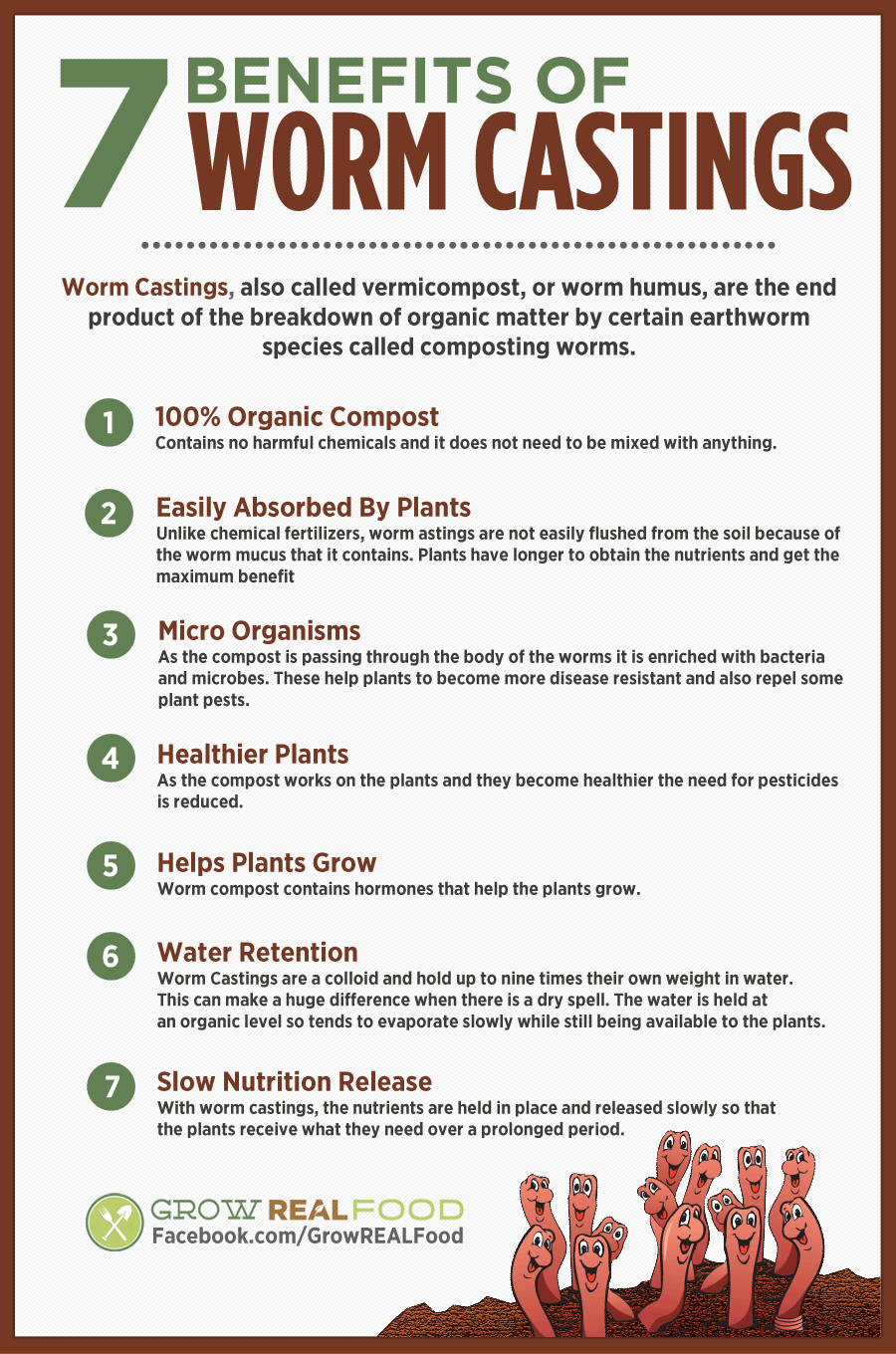The Facts About North Carolina Worms Revealed
Table of ContentsExcitement About North Carolina WormsNot known Details About North Carolina Worms The Greatest Guide To North Carolina WormsHow North Carolina Worms can Save You Time, Stress, and Money.
Example: 1-gallon of worm spreadings to 4 gallons of potting mix. 1/2 cup in the bottom of the growing opening for smaller plants. 1 cup for bigger plants.
The enhancement of tea can likewise add raised microbial biomass to your dirt. You can always side-dress your plants with worm spreadings at any type of time. Just keep in mind, the microbes will die if subjected to UV rays (Sun), so make certain to cover the spreadings with an inch approximately of dirt.
This baffled them for years until the testing methods ended up being better. It would obtain far better(with more spreadings), degree off, and then decline. Also many worm castings would certainly accelerate the growth to a speed that the plant can not recover from.
The Single Strategy To Use For North Carolina Worms
I have expounded the virtues of worm spreadings for concerning 2000 words. Worm spreadings are no various. It takes time to produce high quality worm castings.
Worm castings certainly set you back more than chemical plant foods. Worm castings are on the cheaper end of natural fertilizers. (50 gallons per year) It is a much tougher and extremely expensive financial investment to produce huge amounts of worm spreadings.

Creating a healthy and balanced soil might be the greatest advantage of worm spreadings. We discussed worm castings NPK and likewise the appropriate nutrient analysis that need to apply to worm spreadings.
North Carolina Worms Things To Know Before You Buy
We chatted about some of the disadvantages associated with worm castings. I covered a lot of material in this article.
The vertical burrows are normally open, although the worms top the top with residue and excrement. Origins require oxygen for their development, whereas they generate carbon dioxide that requires to leave the soil.
Earthworms enhance porosity by two mechanisms: (1) by developing irreversible burrows, and (2) by enhancing soil gathering. Gathering is improved by the blending of dirt and organic issue in the earthworms' digestive tracts. North Carolina Worms. These very steady aggregates are transferred by some earthworms in their burrows, and by others at the surface of the dirt


In another study, earthworms were estimated to take in 4 to 10 percent of the leading 6 inches of the dirt each year. This only goes to show the huge amounts of soil that can be refined by earthworms. Dirt compaction lowers the porosity of the dirt. Due to the fact that earthworms increase porosity, they decrease the impacts of compaction.
The Ultimate Guide To North Carolina Worms
Common earthworm populaces can conveniently take in 2 lots of dry issue per acre each year, partly digesting and blending it with dirt. The value of earthworms to mix surface area deposit with soil comes to be really clear in soils that do not have any earthworms. Many of our Pennsylvania soils have at the very least some earthworms, and the impact of their complete lack, for that reason, can not be noted.
(https://issuu.com/northcarolinaworms)In these soils, the formation of topsoil with affordable raw material content did not occur, causing inadequate plant growth. As soon as the reason was developed, the federal government of the Netherlands began a project to present earthworms. After the introduction of the earthworms, a dark topsoil layer was developed, and crop growth increased substantially.
They live mainly from partially decayed natural matter that is currently included in the soil. These species ingest big amounts of dirt that they mix with absorbed plant residue in their guts.
Their burrows continue to be open, although they top the top with plant residue that they pull to the entry. These types ingest significant amounts of soil that they blend with digested deposit in their digestive tracts. Their excrement is largely deposited at the surface area of the soil. The nightcrawler Lumbricus terrestris is the most famous member of this team.